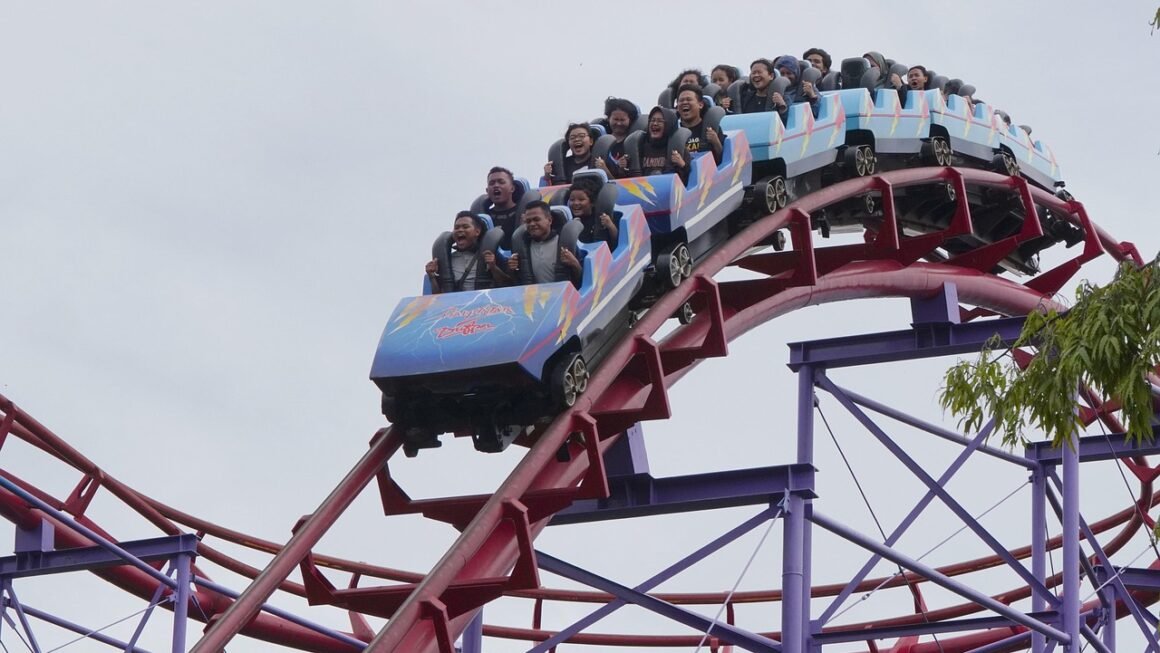Music videos. They’re more than just promotional tools for songs; they’re miniature films, artistic expressions, and powerful cultural artifacts. From the early days of MTV to the viral sensations of YouTube and beyond, music videos have continuously evolved, shaping music trends, influencing fashion, and providing a visual canvas for artists to connect with their audience. This blog post will delve into the multifaceted world of music videos, exploring their history, their impact, the production process, and their future in the digital age.
The Evolution of Music Videos: From Promo Tool to Art Form
Music videos weren’t always the elaborate productions we see today. Their origins lie in a need to promote music beyond radio play.
Early Days: Pre-MTV and the Dawn of the Music Video
- Before MTV, music promotion relied heavily on radio, live performances, and occasional TV appearances.
- Bands like The Beatles experimented with short promotional films to accompany their music, laying the groundwork for the music video format. One could argue their film, A Hard Day’s Night was a very, very extended and loosely interconnected music video.
- These early videos were often low-budget and simple, focusing on performance or showcasing the band’s personality.
The MTV Revolution: A Visual Explosion
- MTV’s launch in 1981 revolutionized the music industry, creating a dedicated platform for music videos.
- Artists like Michael Jackson, Madonna, and Duran Duran embraced the visual medium, creating groundbreaking videos that pushed creative boundaries.
- Michael Jackson’s “Thriller” (1983), directed by John Landis, is a prime example, setting a new standard for production value and storytelling in music videos. It became a cultural phenomenon.
- Music videos became crucial for an artist’s success; a great video could propel a song to the top of the charts.
The Internet Age: Democratization and Viral Sensations
- The internet, particularly YouTube, democratized music video creation and distribution.
- Independent artists could now create and share their videos without needing major label support.
- Viral videos, like Psy’s “Gangnam Style” (2012), demonstrated the global reach and impact of online music videos. “Gangnam Style” was the first video to reach 1 billion views on YouTube.
- The rise of streaming services has further integrated music videos into the overall music experience.
The Impact of Music Videos on Culture and Society
Music videos are more than just moving pictures set to music; they have a significant influence on our culture and society.
Shaping Fashion and Trends
- Music videos are a powerful source of inspiration for fashion trends.
- Artists often use music videos to showcase their unique style, which then gets adopted by fans and influences broader fashion trends.
- Examples: Madonna’s iconic looks in “Like a Virgin” (1984) and “Material Girl” (1985), Gwen Stefani’s Harajuku style in her early 2000s videos, and the urban streetwear seen in hip-hop videos.
Promoting Social Commentary and Awareness
- Music videos can be used to address social and political issues.
- Artists use their videos as a platform to raise awareness about important topics like racism, poverty, and environmental concerns.
- Examples: Childish Gambino’s “This Is America” (2018), which tackles issues of racial injustice and gun violence, and Macklemore & Ryan Lewis’ “Same Love” (2012), which supports LGBTQ+ rights.
Building Artist Brand and Image
- Music videos play a crucial role in defining and reinforcing an artist’s brand and image.
- They allow artists to visually express their personality, values, and artistic vision.
- A cohesive visual aesthetic across music videos can help create a strong and recognizable brand for the artist.
The Music Video Production Process: From Concept to Completion
Creating a high-quality music video involves a complex and collaborative process.
Concept Development and Storyboarding
- The first step is developing a concept that aligns with the song’s message and the artist’s vision.
- This often involves brainstorming sessions between the artist, director, and creative team.
- Storyboarding is used to visually map out the scenes and shots, ensuring a clear and cohesive narrative.
Filming and Post-Production
- Filming involves careful planning and execution, with attention to lighting, camera angles, and performance.
- Post-production includes editing, visual effects, color correction, and sound mixing.
- The post-production phase is crucial for polishing the video and bringing the director’s vision to life.
Budgeting and Funding
- Music video budgets can range from a few thousand dollars for independent artists to millions for major label productions.
- Funding sources may include record labels, grants, crowdfunding, and artist self-funding.
- Careful budgeting is essential to ensure that the video can be produced to the desired quality within the available resources.
Distribution and Promotion
- Once the video is complete, it needs to be distributed and promoted to reach the target audience.
- This includes uploading the video to platforms like YouTube and Vimeo, sharing it on social media, and promoting it through music blogs and media outlets.
- Effective promotion can help increase the video’s visibility and drive views.
The Future of Music Videos: Emerging Trends and Technologies
The music video landscape is constantly evolving, driven by technological advancements and changing audience preferences.
Virtual Reality (VR) and Augmented Reality (AR) Music Videos
- VR and AR technologies offer immersive and interactive experiences for viewers.
- VR music videos allow viewers to step inside the video and experience it from a first-person perspective.
- AR music videos overlay digital elements onto the real world, creating a unique and engaging experience.
- These technologies have the potential to revolutionize how music videos are consumed and experienced.
Interactive Music Videos
- Interactive music videos allow viewers to make choices that affect the video’s storyline or outcome.
- This level of engagement can create a more personalized and memorable experience for viewers.
- Interactive music videos are still relatively niche, but they have the potential to become more mainstream in the future.
Short-Form Video Platforms
- Platforms like TikTok and Instagram Reels are becoming increasingly important for music promotion.
- Artists are creating short-form music videos or snippets of their videos to capture the attention of these platforms’ users.
- This trend reflects the changing way people consume music and video content in the digital age.
Conclusion
Music videos are a vital and dynamic part of the music industry and popular culture. From their humble beginnings as promotional tools, they have evolved into powerful art forms that shape trends, influence society, and connect artists with their fans on a deeper level. As technology continues to advance, the future of music videos promises even more innovation, creativity, and immersive experiences for viewers. Whether you’re a music lover, aspiring filmmaker, or simply curious about the creative process, exploring the world of music videos offers a fascinating glimpse into the intersection of music, visuals, and culture.


